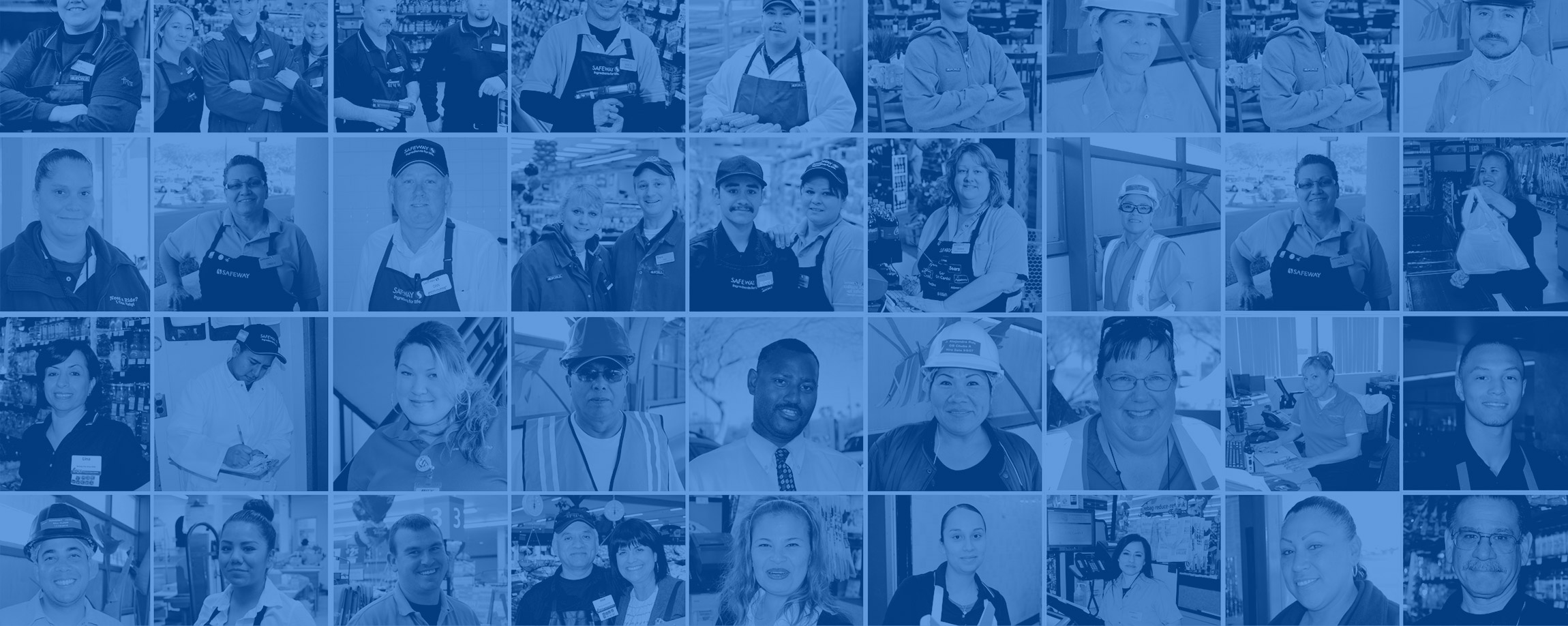Americans’ approval of labor unions is on the rise. At our recent conference, stewards learned the impact generations are having on the Labor Movement.
Last year, the Gallup Organization ran a survey that found that 71 percent of Americans would prefer to work union if they could.
That’s organized labor’s highest level of support since 1965, when one-third of the American work force was unionized. Today, union members amount to about 10% of the work force.
According to Gallup, the positive regard toward the Labor Movement has accelerated since the onset of the COVID-19 pandemic and the severe labor shortages that have followed. The latest employment report from the federal Bureau of Labor Statistics shows the labor market remains strong, with employers posting 11.2 million job offerings in July. This figure dwarfs the unexpectedly high number of 528,000 jobs that were filled during the month.
No wonder, then, that workers sense the balance of power is tipping in their direction, which in turn gives them more confidence in seeking better wages and working conditions.
But there’s more to the story. There’s nothing like a good David-versus-Goliath story to engage the public’s sympathy, and the struggles of low-wage workers to unionize at mega-corporations like Amazon, Starbucks and McDonald’s are having a powerful effect on the hearts and minds of Americans.
With each organizing campaign — whether it eventually succeeds or doesn’t — the public becomes better informed of the brutal tactics used by major corporations and their anti-union consultants to smother the aspirations of their employees.
It doesn’t matter how much a multibillion-dollar company spends on advertising to improve its image. In the long run the public will sympathize with its workers who take a stand for better treatment.
There’s also a generational factor driving public sentiment for unions. Younger workers are aware of the raw deal they’ve been getting. The unionized manufacturing jobs that sustained their parents, enabling them to enter the middle class, are mostly gone. Except for the lucky few who are able to enter the professions or the technology sector, many Millennials and Zoomers are finding themselves in retail and service jobs that pay at or close to minimum wage.
Fortunately, the United Food and Commercial Workers stands ready to help these young people find their own paths into the middle class.
Union membership declined in the past half-century partly because corporate forces have been able to divert attention away from economic matters and toward emotional “trigger” issues that divide the public.
As one labor historian puts it, too many workers have been turned into “the cannon fodder of the culture wars.”
Now, that dynamic is beginning to change in a big way.
It’s time for our political leaders to take this as a cue to speak more assertively about unions and pass laws that make it easier to join one.
